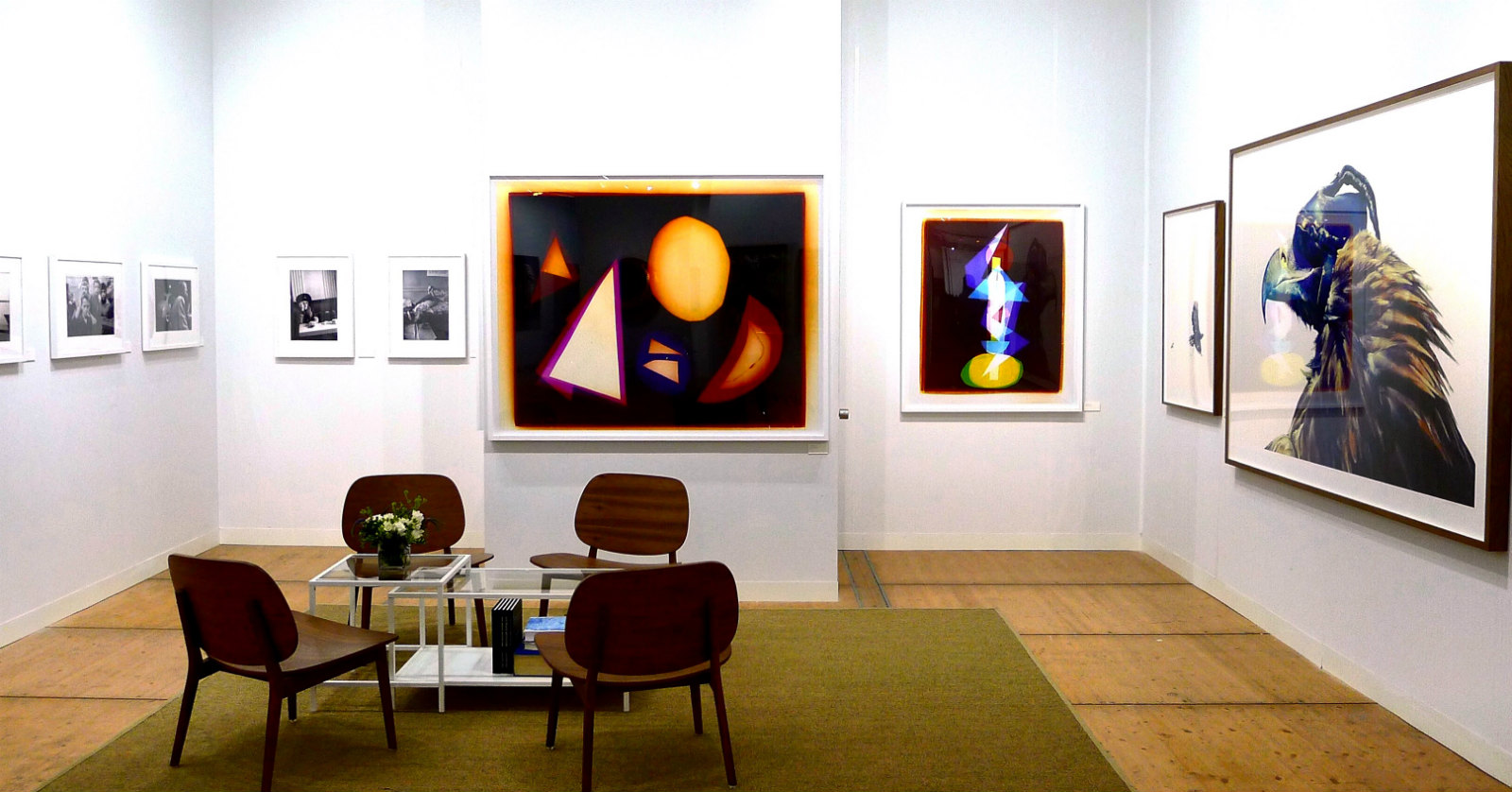Artist Liz Nielsen’s Photograms
Colorful light paintings discovered at SOCO Gallery during Art Southampton


Back during this July’s Art Southampton fair, we became transfixed by a series of large scale images within the walls of the Charlotte, NC-based SOCO Gallery booth. Upon further inspection, the works turned out to be photograms by Brooklyn-based artist Liz Nielsen. For those unfamiliar with the term, a photogram is a work of art produced with photography equipment, but not a camera. In essence, Nielsen paints with light upon photo sensitive materials. And it is her understanding of light that allows for such vibrant colors to manifest in her creations. To learn more about her process and inspiration, we reached out to the artist.

“I began producing photograms almost by accident,” she explains to CH. “I have been taking pictures—with a camera—for 22 years now. Eventually, I began getting more interested in the negatives.” She started to play around with negatives, producing her own from scratch, and continuing to enhance clarity and make bigger images without using a bigger camera. “I was producing at an 8 x 10 scale but not hauling around an 8 x 10 camera,” she adds. From there, it came down to experimentation and layering. “With light, unlike pigment, you arrive at whiteness with more additions, instead of blackness.”

“The way that I am working now, it has evolved into a mad scientist style,” she continues. “By that, I mean I’m making negatives out of anything. A couple of negatives started as large cardboard cut-out shapes, much like a puzzle. I poured light into those shape.” Nielsen uses just about anything she can find to block out light and lay light in. She also controls the amount of light pouring forth, by way of diffusing and even bouncing it off walls. This diffusion yields lighter colors. What began as guessing and experimentation is now more of a science. “There is the sketch, then the studio time. I arrive at my darkroom and know exactly the order of how I will do things,” she says. She even maps out where she will need to stand and rehearses the process.

Beyond the development of techniques, Nielsen also has a vision for what the final work conveys. She says that “most of the work is not supposed to be representational, but it lends itself to that.” In playing with what she refers to as “ancient classical shapes” a scene is constructed. Combinations and variations of triangles, circles and squares lead to many interpretations—but her titles also guide viewers. “Diet of the Stars” does appear to be a fruit-laden still life. A piece entitled “Conversation” does cast two angular characters in opposition to one another. And her “Space Totem” body of work can best be described by the artist herself: “I see them as totems from the future, not fixed but transient. I imagine they’re encoded with messages from the future, all written in light.” It’s a charming idea, but even without this motivation, they’re all aesthetically pleasing pieces.
Images courtesy of SOCO Gallery












